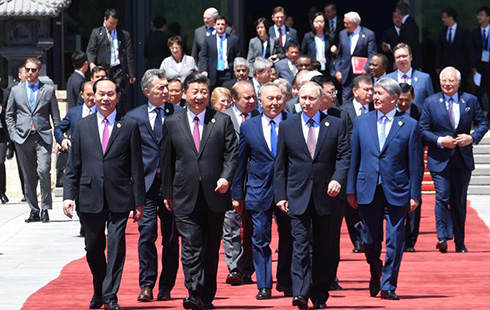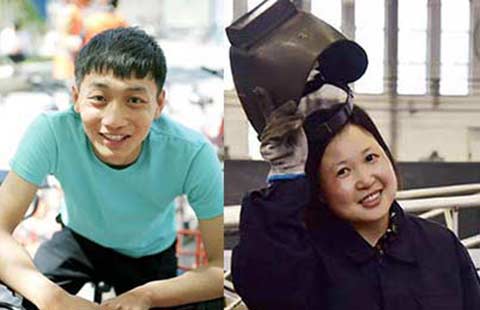Chinese factory to convert coal into clean fuel
China plans to build a factory that can turn 1 million metric tons of low-rank coal into clean fuel per year.
The factory will use new conversion technologies developed by Synfuels China, co-founded by the Chinese Academy of Sciences' Shanxi Institute of Coal Chemistry.
It is located in the Xinjiang Uygur autonomous region, and its construction will be completed in the next decade, according to Li Yongwang, general manager of Synfuels China.
A pilot plant that can process 10,000 tons of low-rank coal per year is already fully operational. Some new technologies, such as multistaged liquefaction of low-rank coal, will be adopted in other refineries, Li added.
China has an abundance of low-rank coal, but its energy inefficiency and polluting nature limit its use to primarily generating electricity, said Fang Yitian, the institute's deputy director.
China consumed around 556 million tons of crude oil last year — 65 percent of which was imported, he added.
"We cannot let our energy security and industrial development be compromised by our low oil and natural gas reserves," Fang said. "By turning low-rank coal into fuel, we can capitalize on our nation's rich coal reserves and support its booming energy and industrial needs, while reducing the impact on the environment."
Other nations, such as Australia, Indonesia and Russia, also have huge reserves of low-rank coal.
"With the Belt and Road Initiative, China's advanced coal and natural gas conversion technologies can be of great benefit to energy-starved nations around the world," Fang said.
However, Li said the cost of turning low-rank coal into high-quality fuel is relatively high, because it requires a large amount of chemical ingredients and energy.
"Nevertheless, China still needs to utilize conversion technologies because it lacks both natural gas and oil, whereas other coal-rich countries like Russia can switch to oil easily," Li said.
"In the coming decades, coal is likely to remain the foundation of China's energy structure, so it is crucial to turn coal, especially low-rank coal, into more versatile products."



















